We’ve finally arrived at our last full decade in Denver’s history… the 2000s! This is the fourteenth post in our series exploring the geographic and architectural attributes of Denver’s single-family homes. For previous installments, please use the links below:
1870s (plus series introduction)
1880s
1890s
1900s
1910s
1920s
1930s
1940s
1950s
1960s
1970s
1980s
1990s
The 2000s was Denver’s fifteenth full decade as a city. We celebrated our city’s sesquicentennial in 2008 in a relatively low-key fashion, but with all the attention and events related to the Democratic National Convention, I think most people didn’t mind that we didn’t have a big blowout celebration. In short, the 2000s was a fantastic decade for Denver, as the city’s renaissance that started in the late 1980s continued with little interruption.
The decade began with tremendous momentum. The 1990s saw a huge amount of civic investment and new infrastructure put in place that set the stage for the private sector to respond accordingly… and did they ever! For an overview of what was built in the greater Downtown area in the 2000s, you can check out the original DenverInfill website. By 2004, there were so many new infill project planned or under construction in the Downtown area, that it prompted me to launch DenverInfill just to keep track of the numerous residential, office, hotel, and civic projects that seemed to pop up on almost a daily basis. But perhaps the best way to reflect upon our city’s accomplishments in the 2000s is to revisit my “Top 10 Urbanism Achievements of the Aughts” series, which detailed how significant the decade was:
10 – Democratic National Convention
09 – Convention Center Expansion and Hotel
08 – Stapleton Redevelopment
07 – Downtown Denver Historic District
06 – T-REX
05 – Central Platte Valley Redevelopment
04 – Progressive Plans and Policies
03 – The Amazing Denver Voter
02 – FasTracks and Union Station
01 – Downtown Denver Infill Boom
From 2000 to 2009, over 11,100 single-family detached homes were built in Denver, which is pretty significant considering the city’s boundaries remained fixed due to the Poundstone Amendment. This total was up from the 1990s by over 5,000 units. The Stapleton redevelopment had a lot to do with this, but it was also the thousands of single-family homes that were built on the random vacant lots here and there and the continuation of the scrape-off phenomenon that contributed to this total. Keep in mind, however, that all the infill development in the greater Downtown area documented on DenverInfill and in the “01 – Downtown Denver Infill Boom” link above is not counted in our 2000s total. Those were all multi-family residential projects, not single-family, so the grand total number of new housing units built in the city in the 2000s was substantially higher.
In the decade, Denver’s population increased from 554,636 in 2000 to 600,158 in 2010, an 8.2% increase. And if the trend so far in the 2010s continues, we may easily surpass that rate of increase: the State Demographer’s Office estimates Denver’s population in 2020 at about 686,000.
Here’s our Denver Neighborhoods Map showing the city’s single-family residential growth in the 2000s. Parcels with single-family homes built during the 2000s that remain in existence today are colored red. Parcels with homes that were built in a previous decade that remain in existence today are colored gray. Click/expand to see images at full size.
What is obvious is the growth in the Stapleton, Lowry, Green Valley Ranch, and Gateway areas. But if you look closely, you can see that the Montclair, Hilltop, Washington Park, Belcaro, Cory-Merrill, University Park, University Hills, and College View-South Platte neighborhoods also had a lot of scattered new development—people capitalizing on their city location by putting up new homes on vacant or underdeveloped lots.
Here are the 2000s parcels colored in red over a current Google Earth aerial:
Now, here’s Mark’s architectural photography and style descriptions:
The first decade of the new century began much like the end of the last, with the Neoeclectic phase of domestic architecture perhaps more pronounced than ever. The modern Ranch continued as the home of choice for the masses with greenfield subdivisions remaining the prototype.
1. Ranch. The style features typically asymmetrical single-story homes with very low-pitched roofs and broad, sometimes rambling facades. The eaves may be either boxed or open, with the rafters exposed and with a moderate or wide overhang. Both brick and wooden facades are common, sometimes in combination. Modest traditional detailing, usually loosely based on Spanish or English Colonial precedents is common and frequently entails decorative shutters and porch-roof supports. Ribbon windows are common as are large picture windows in living areas. Some examples from the decade of the Ranch and its variants (Gateway/Green Valley Ranch):
2. Postmodern. Postmodern architecture replaces structured modernist form and function with an eclectic amalgamation of borrowed styles. The style features diverse aesthetics: styles collide, form is adopted for its own sake, and new ways of viewing familiar styles and space abound. Features include the use of sculptural forms, ornaments, anthropomorphism, and materials which perform trompe l’oeil, creating the illusion of space or depths where none actually exist. Left (Hilltop), right (Cherry Creek):
3. Neoeclectic/Neocolonial. The style features a very free adaptation of the preceding Colonial Revival style showing less concern for copying the more historically precise Colonial prototypes; metal windows and widely overhanging eaves are common with free interpretations of Colonial door surrounds, colonnade entry porches, and dentiled cornices. Roof pitches differ in that they may be either steeper or lower than earlier Revival examples. Left (Country Club), right (Hilltop):
4. Contemporary. The style is oftentimes used as a catch-all to describe modern styles that share a variety of features that haven’t yet been classicized. Generally few, if any, traditional building methods and ornamentation features are used. It’s also one of the first architectural styles to embrace completely new building methods, and forms that are based more on functionality than style. Characteristics include facades that usually feature a mixture of materials, like stone, brick, and wood, all combined on the same surface, flat roofs, split levels, and large overhangs, and an abundance of glass (Cherry Creek):
5. Neoeclectic/Neo-Mediterranean. The style is loosely based on earlier Italian Renaissance, Spanish Eclectic, Mission, or Monterey precedents. Common features include tile roofs, stucco walls, and round-arched windows and doorways. Left (Belcaro), right (Hilltop):
6. Neoeclectic/Neo-Victorian. More rare than the other traditional revivals, Neo-Victorian was one of the last Neoeclectic styles to appear. Most examples feature free interpretations of Queen Anne spindlework porch detailing which mimic the cross-gabled hipped-roof form commonly seen in earlier prototypes. Left (Lowry), right (Stapleton):
7. Neoeclectic/Neo-Tudor. The style, similar to its Tudor predecessors, characteristically features dominant front-facing gables with steeply pitched roofs. Decorative half-timbering detailing is nearly universal and windows are grouped and sometimes include diamond-shaped panes. As with other Neoeclectic styles, little attention is paid to precisely copying its Tudor antecedents. Left (Stapleton), right (Hilltop):
8. Neoeclectic/Neo-French. Perhaps the most dominant Neoeclectic style, the Neo-French typically features steeply pitched hipped roofs and through-the-cornice dormers. Doors and windows are frequently round or segmentally arched (Hilltop):
9. Late-Modernism. As described previously, late Modernism refined and reformulated earlier Modern concepts and revived disfavored Modernist features such as radial corners, belt courses, and glass block. Defining characteristics include a horizontal orientation, use of industrial materials such as concrete, ribbon windows and belt courses, hooded or deep-set windows, large areas without windows, no ornament, decorative use of functional features, walls that are eaveless or with boxed or cantilevered eaves, and flat or shed roofs. Left (Lowry), right (University Hills):
10. The following are some examples of infill from the 2000s in the Stapleton neighborhood:
One more post to go in the series! Next, we’ll wrap the project up with a final look at Denver’s geographic growth and some statistics about the city’s single-family housing stock.




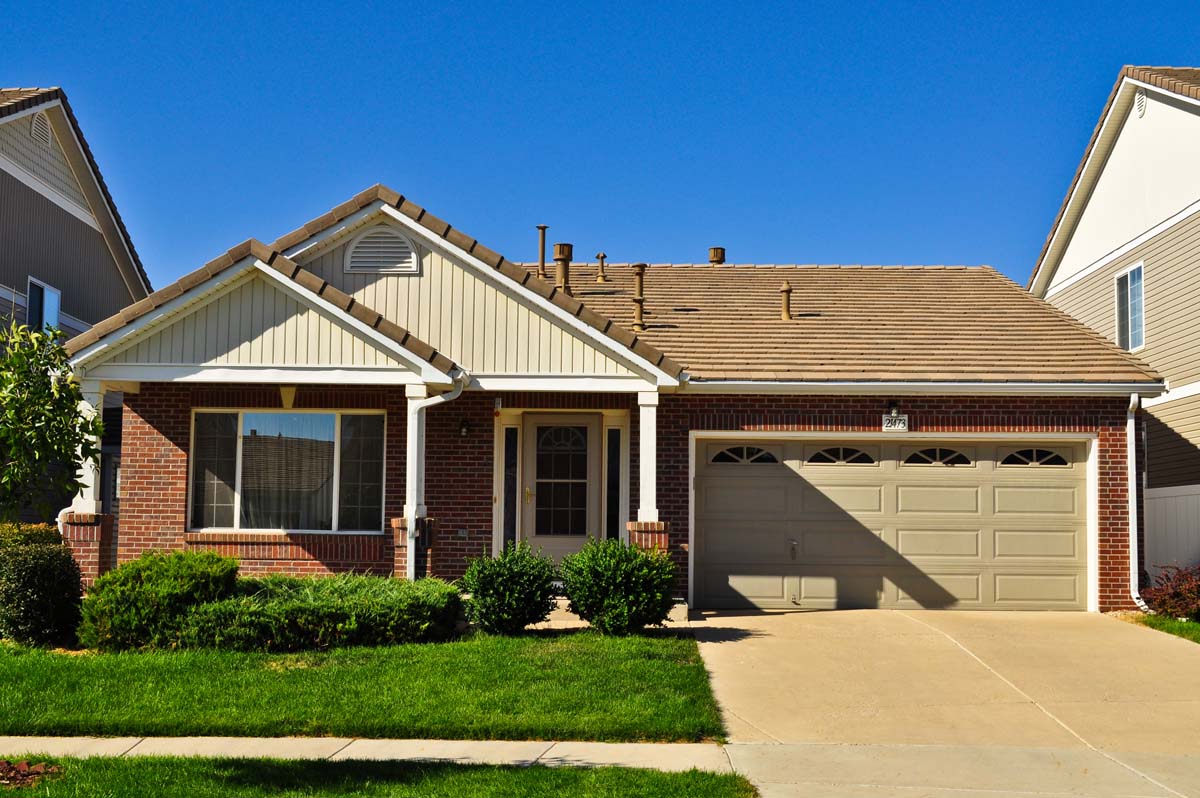

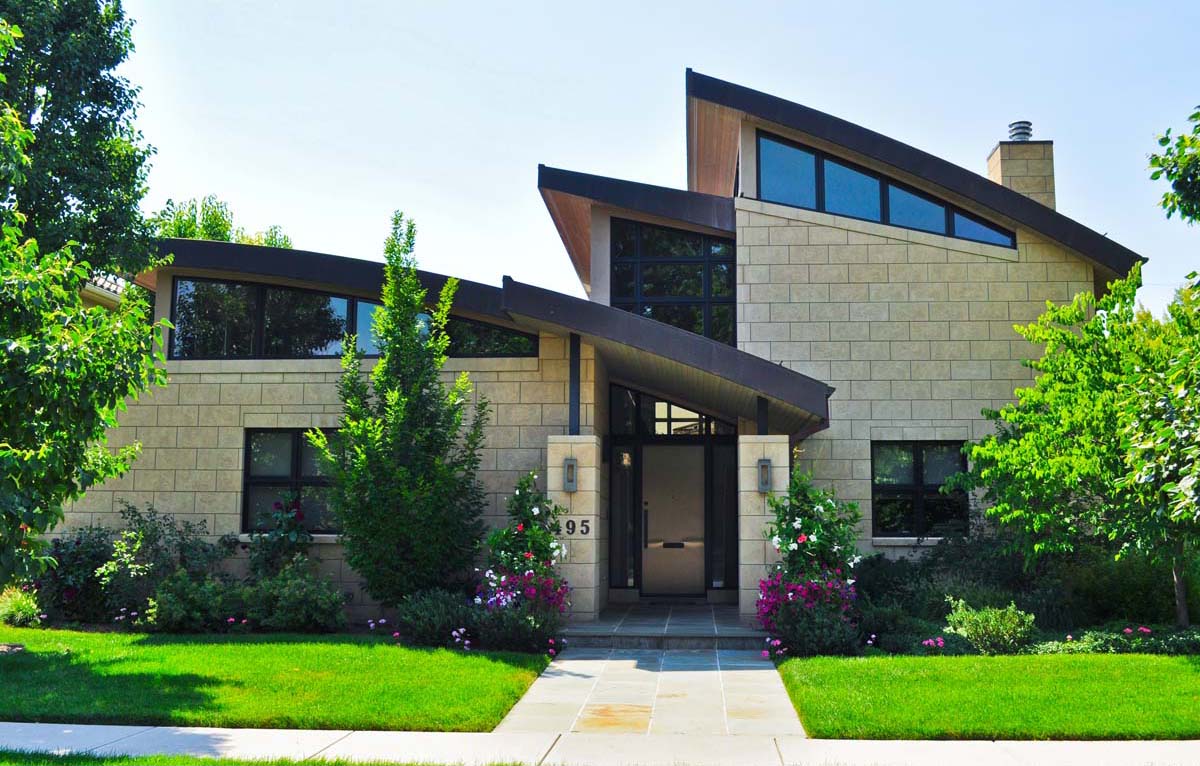
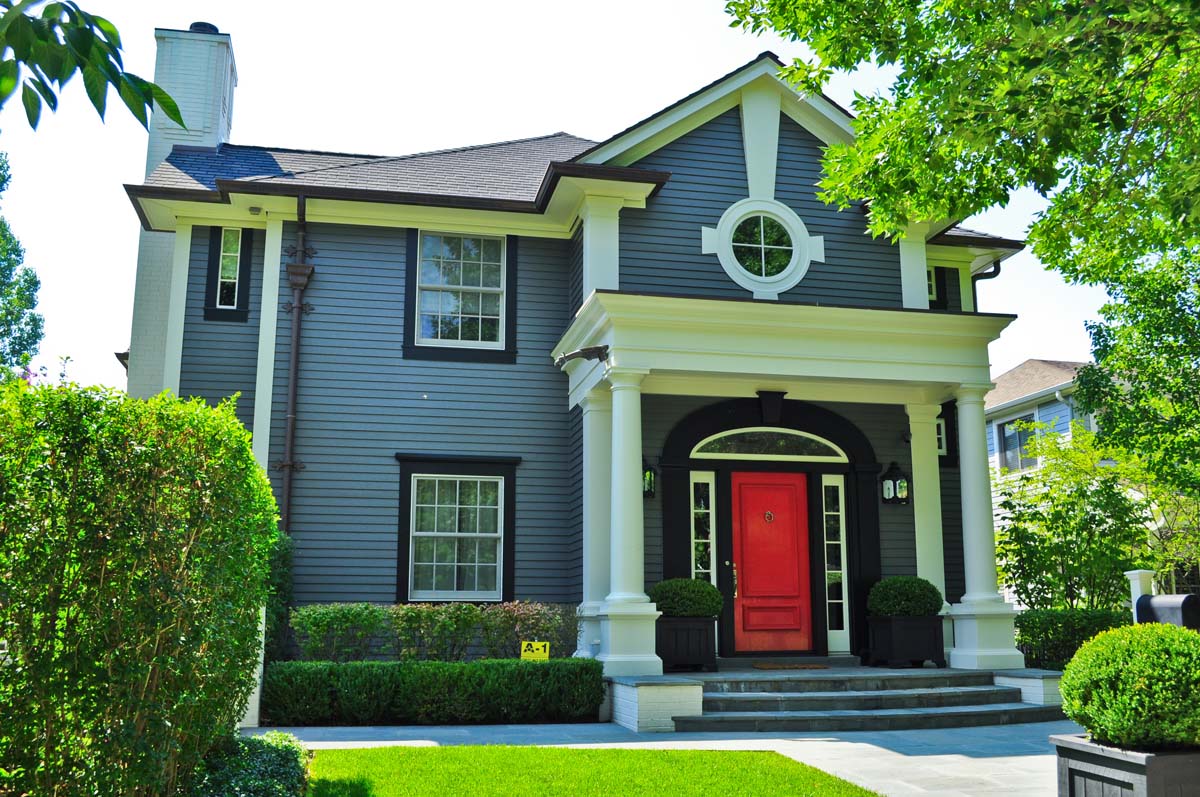






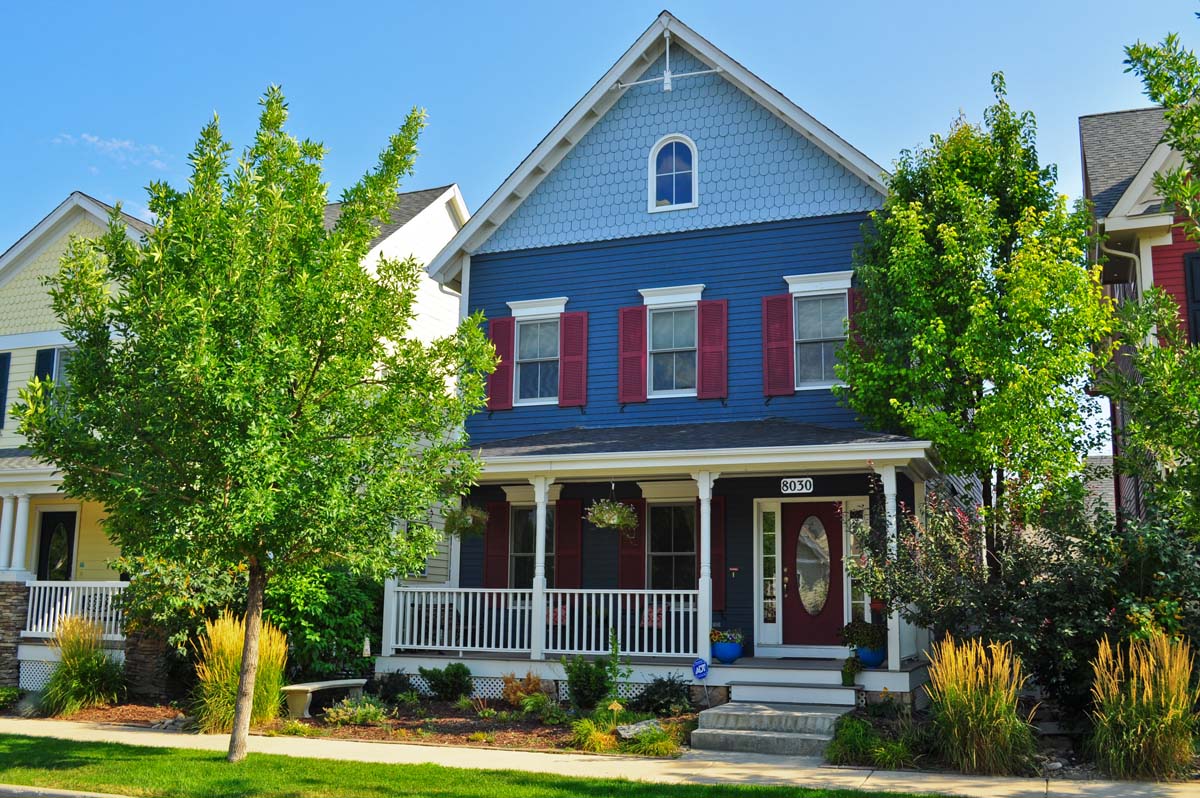


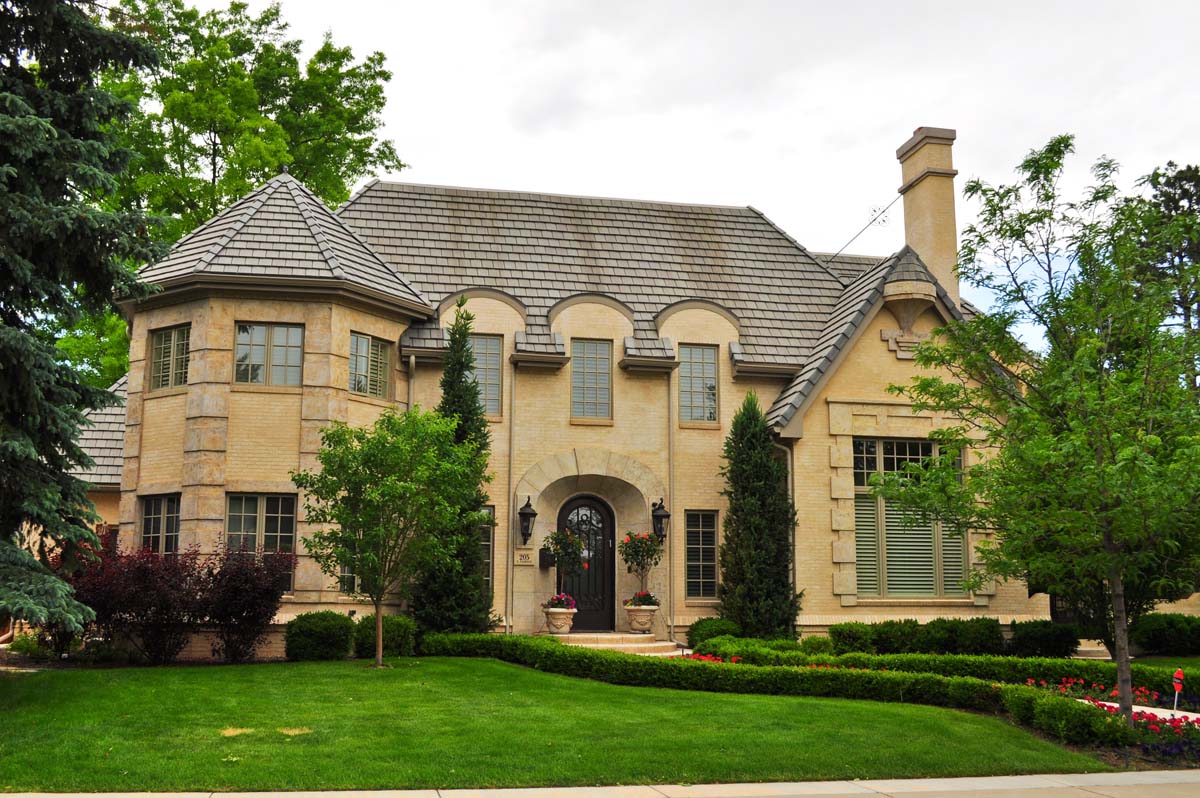















A wonderful series.
Educational.
Interesting.
Thanks.
Awesome series! Will be sad to see this one end. Amazing how many scrapers there were in some of these neighborhoods, from your maps it appears that it was a good chunk of Hilltop and Univ. Park.
Also, I noticed no mention of the return to the alley facing or setback garage, which really started to become popular once again in this decade.
Great series! But I’d sure like to know which neighborhoods the pre-1920 photos are from.
Thanks for this series, Ken. It was entertaining and interesting.
These Denver homes sure are fantastic! Great article on Denver’s Single Homes throughout the years!
Ken,
Congratulation on this great series! Please keep up the very hard work! It is appreciated.
There seems to be a private building near 17th and Wazee that didn’t show up on any of your maps. It’s between 17th and 18th and Wazee and alley before Blake.
Can you offer any insights into that “single family dwelling”?